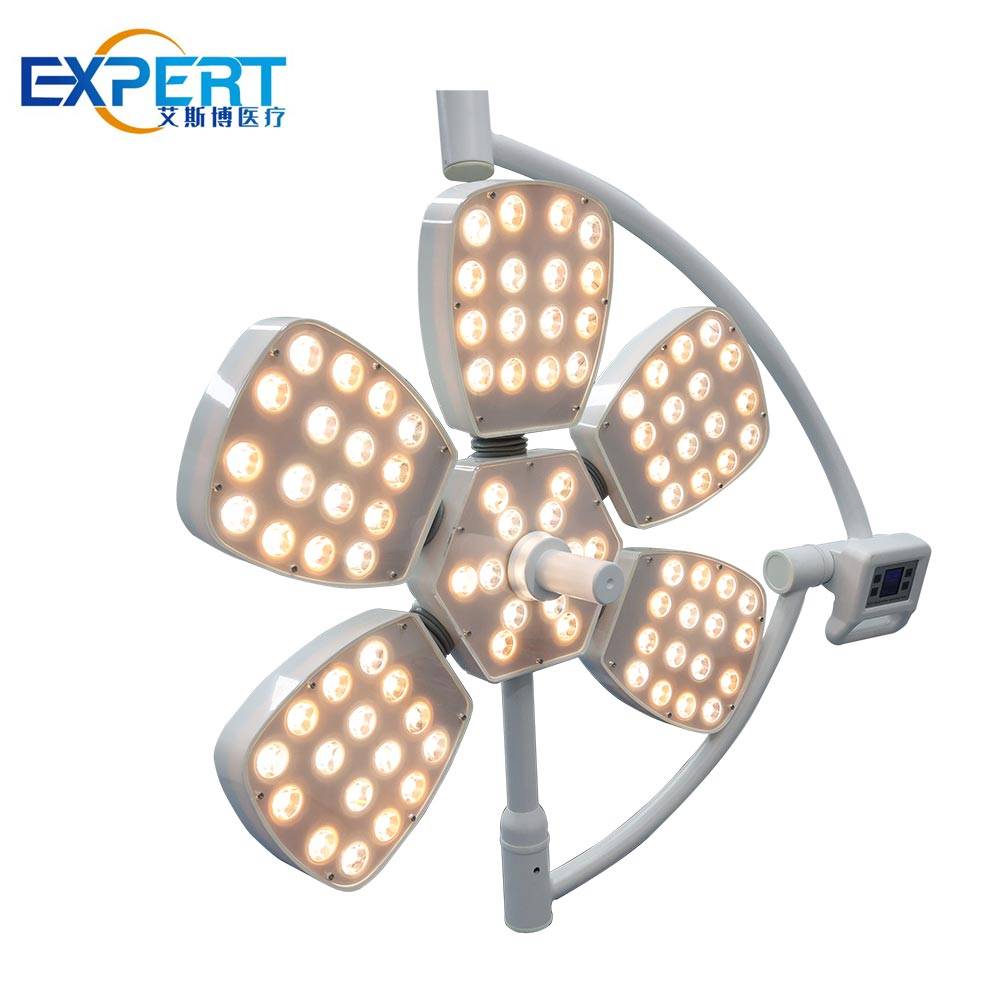Address
304 North Cardinal St.
Dorchester Center, MA 02124
Work Hours
Monday to Friday: 7AM - 7PM
Weekend: 10AM - 5PM
Welcome to My Blog!
Before we dive into the content, if you’re interested in our products or have any questions, please feel free to visit our Contact Us page on the website. Our team is ready to assist you with inquiries, orders, or any support you may need.
Now, let’s get started on our journey together. I hope you find the content here insightful, engaging, and valuable.

In the realm of modern medicine, precision and clarity are paramount, especially during intricate surgical procedures. The ability to visualize every detail of the surgical field is essential for surgeons to perform their work with the utmost accuracy and minimize complications. Shadowless surgical lights have emerged as indispensable tools in operating rooms worldwide, casting a uniform, shadow-free illumination that enhances visibility and optimizes surgical outcomes.
Shadowless surgical lights use a combination of multiple light sources and a special reflector system to distribute light evenly across a wide area. This design ensures that no matter where the surgeon stands, the light is projected in such a way that their own shadow does not fall on the patient.









Shadowless surgical lights are meticulously designed to eliminate shadows and provide a clear, unobstructed view of the surgical field. Their key components work in harmony to achieve this remarkable illumination:
Multiple Light Sources: Shadowless surgical lights typically employ multiple light sources, often arranged in a circular or hexagonal pattern. This configuration ensures that light comes from multiple angles, effectively eliminating shadows cast by the surgeon’s hands, instruments, and overhead equipment.
Reflective Surfaces: Reflective surfaces, such as mirrors or parabolic reflectors, are used to distribute the light evenly across the surgical field. These surfaces ensure that the light intensity is consistent throughout the area, preventing glare and hotspots.
Color Rendering Index (CRI): A high CRI is crucial for accurate color perception during surgery. Shadowless surgical lights are designed with a CRI of 90 or higher, ensuring that tissues and blood appear in their true colors, allowing surgeons to make informed decisions.
Depth Illumination: Shadowless surgical lights provide deep illumination, penetrating into the depths of the surgical wound. This allows surgeons to visualize structures and details that may be obscured in traditional lighting.


The use of shadowless surgical lights offers a multitude of benefits that enhance surgical outcomes and patient safety:
Improved Surgical Precision: Shadowless illumination allows surgeons to see finer details and identify subtle anatomical structures with greater clarity, leading to more precise and controlled procedures.
Reduced Risk of Complications: By eliminating shadows and improving visibility, shadowless surgical lights minimize the risk of errors, bleeding, and nerve damage during surgery.
Enhanced Surgeon Comfort: Adequate lighting reduces eye strain and fatigue for surgeons, allowing them to maintain focus and concentration throughout lengthy procedures.
Improved Patient Outcomes: The benefits of shadowless surgical lights ultimately translate into improved patient outcomes, including reduced surgical times, faster recovery, and lower complication rates.
Table: Comparison of Shadowless Surgical Lights to Traditional Surgical Lights
| Feature | Shadowless Surgical Lights | Traditional Surgical Lights |
|---|---|---|
| Shadow Elimination | Excellent | Limited |
| Color Rendering Index (CRI) | High (90+) | Lower (70-80) |
| Depth Illumination | Good | Limited |
| Surgeon Comfort | Improved | Reduced |
| Patient Outcomes | Improved | Lower Success Rates |

Successful implementation of shadowless surgical light requires careful consideration of various factors, including:
Shadowless surgical lights have revolutionized surgical lighting, providing a level of illumination that is unmatched by traditional lighting techniques. Their ability to eliminate shadows, enhance color perception, and provide deep illumination has transformed surgical practices, leading to improved precision, reduced complications, and enhanced patient outcomes. As technology advancements continue, shadowless surgical lights are poised to play an even more prominent role in the future of surgery, paving the way for safer, more effective surgical procedures.
While the initial cost is higher, the long-term benefits in terms of patient outcomes and surgeon satisfaction often justify the expense.
Yes, they are versatile and can be used in a wide range of surgical procedures, from minor to major operations.
They reduce eye strain and fatigue not only for the surgeon but also for the entire operating room staff, leading to a more comfortable and focused work environment.
With proper maintenance, these lights can last for many years, providing reliable service over an extended period.
A: If you are performing surgeries that require high precision and you are not satisfied with the current lighting conditions, it may be time to consider investing in a shadowless surgical light.
